Google is using its enormous Chrome browser testing base to help examine the prospect of continuing the security of the digital age into the uncertainty of the quantum one.
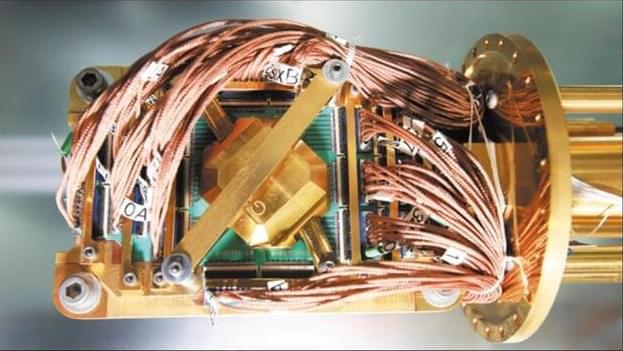

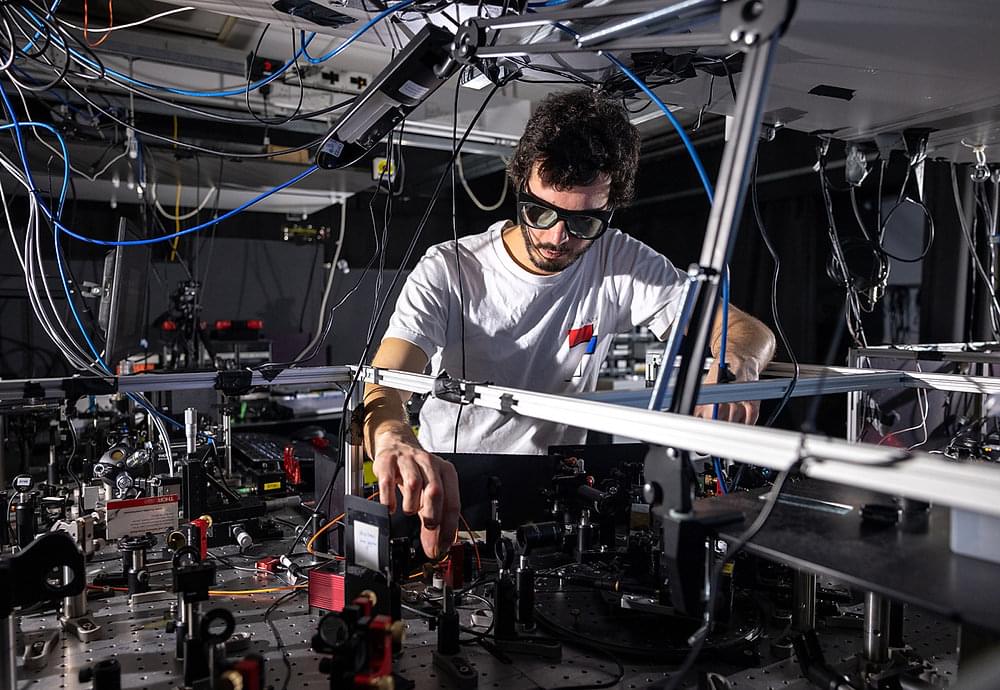
For the first time, researchers have demonstrated a prototype lidar system that uses quantum detection technology to acquire 3D images while submerged underwater. The high sensitivity of this system could allow it to capture detailed information even in extremely low-light conditions found underwater.
“This technology could be useful for a wide range of applications,” said research team member Aurora Maccarone, a Royal Academy of Engineering research fellow from Heriot-Watt University in the United Kingdom. “For example, it could be used to inspect underwater installations, such as underwater wind farm cables and the submerged structure of the turbines. Underwater lidar can also be used for monitoring or surveying submerged archaeology sites and for security and defense applications.”
Obtaining 3D images through ocean water can be challenging because it is light-limited, and any particles in the water will scatter light and distort the image. However, single-photon detection, which is a quantum-based technique, allows very high penetration and works even in low-light conditions.
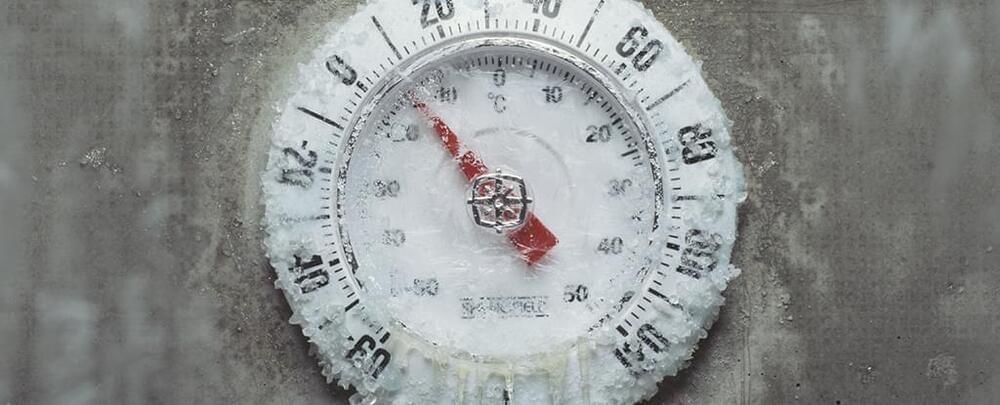
The state of perfect stillness known as absolute zero is one of the Universe’s impossible achievements. As close as we can get, the laws of physics will always prevent us from hitting thermal rock bottom.
An international team of researchers has now identified a new theoretical route to reach the mythical mark of zero Kelvin, or-273.15 degrees Celsius (−459.67 degrees Fahrenheit). No, it’s not more likely to break any laws and remove every last shimmer of heat, but the framework could inspire new ways of exploring matter at low temperatures.
As a consequence of the third law of thermodynamics, the removal of increments of heat energy from a group of particles to cool them to absolute zero will always take an infinite number of steps. As such, it requires an infinite amount of energy to achieve. Quite the challenge.
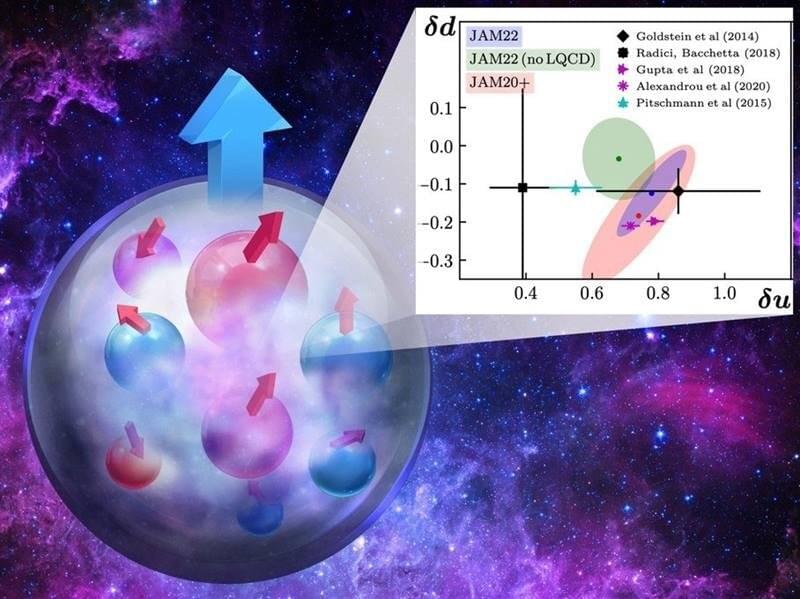
Inside the proton are elementary particles called quarks. Quarks and protons have an intrinsic angular momentum called spin. Spin can point in different directions. When it is perpendicular to the proton’s momentum, it is called a transverse spin. Just like the proton carries an electric charge, it also has another fundamental charge called the tensor charge. The tensor charge is the net transverse spin of quarks in a proton with transverse spin.
The only way to obtain the tensor charge from experimental data is using the theory of quantum chromodynamics (QCD) to extract the “transversity” function. This universal function encodes the difference between the number of quarks with their spin aligned and anti-aligned to the proton’s spin when it is in a transverse direction. Using state-of-the-art data science techniques, researchers recently made the most precise empirical determination of the tensor charge.
Due to the phenomenon known as confinement, quarks are always bound in the proton or other hadrons (particles with multiple quarks). The challenge is to connect the theory of quark interactions (QCD) to experimental measurements of high-energy collisions involving hadrons.
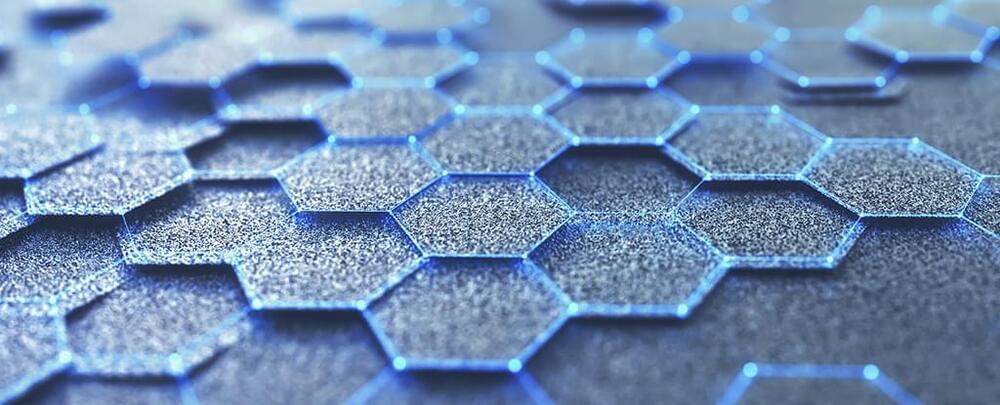
Graphene is a special material. Among its many talents, it can act as a superconductor, generate a super-rare form of magnetism, and unlock entirely new quantum states.
Now graphene has another amazing credit: it can record levels of magnetoresistance without a need to push the temperature down towards absolute zero.
High magnetoresistance – a material’s ability to change its electrical resistance in response to a magnetic field – is relatively rare, yet materials that can shift their properties in this fashion are useful in computers, cars, and medical equipment.
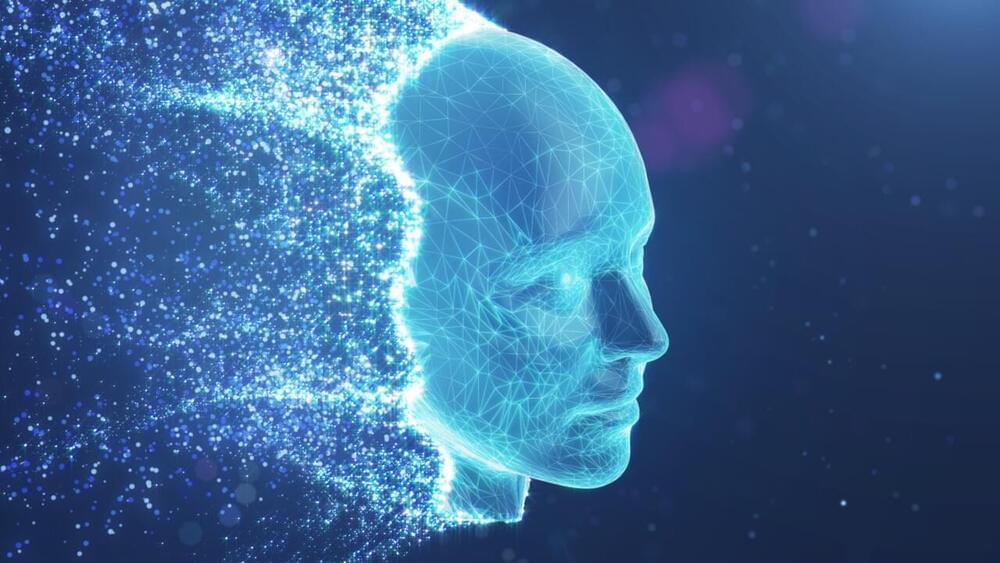
Author and Wordsmith Kel Richards says Quantum computing will do “astonishing things” but the current problem is trying to make them operate at a higher temperature than “below zero centigrade”.
“Quantum computing is apparently … amazingly fast and will do all kinds of astonishing things … the problem at the moment is they have to operate below zero centigrade, otherwise they don’t work, so they’re trying to work out how you can make these really tiny, really fast computers operate at room temperature,” Mr Richards said.
“There is work to be done and if Australia could be in the front of this … brilliant for us.”
Artificial intelligence (AI) has become commonplace, and quantum computing is set to alter the landscape radically. The potential of quantum computers to process vast amounts of data at unprecedented speeds could render existing AI chatbots, such as ChatGPT, obsolete.
The intricacies of quantum computing intertwine with understanding the evolution of artificial intelligence. This journey reveals the convergence of two transformative technologies, uncovers challenges, opens opportunities, and underscores the vital role of safeguarding innovations through patent law.
Artificial intelligence has surged forward in recent years, developing sophisticated AI chatbots like OpenAI’s ChatGPT.
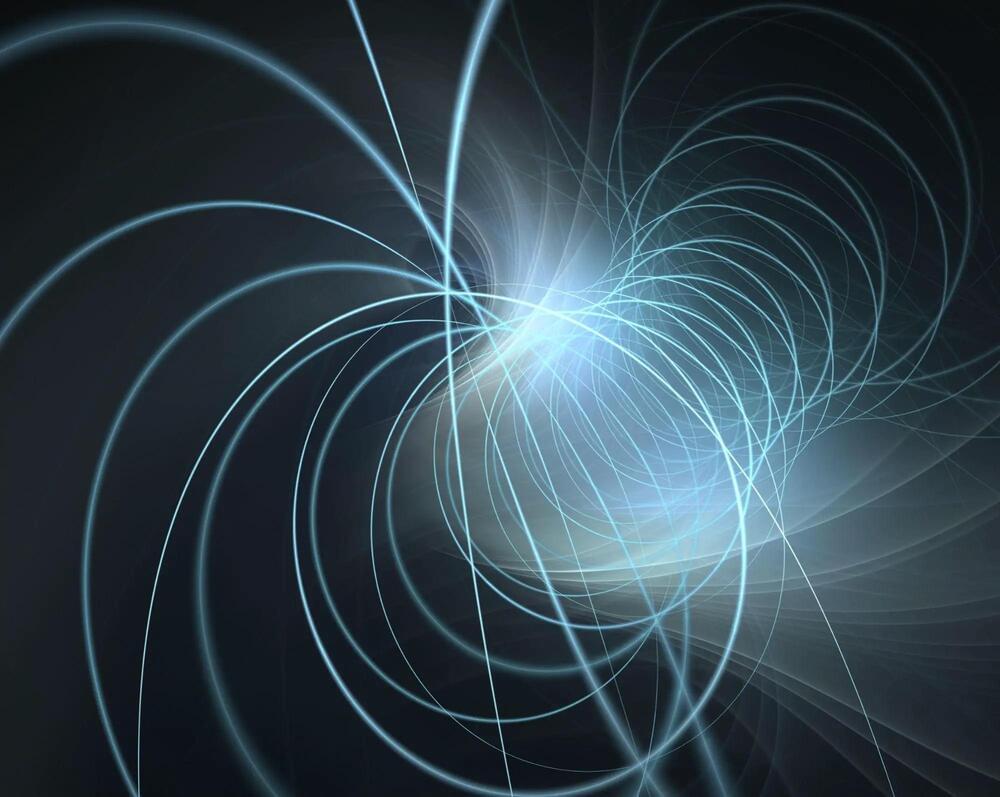
The mysterious phenomenon of “spooky action at a distance,” which once troubled Einstein, could soon become as commonplace as the gyroscopes used to measure acceleration in smartphones.
A recent study in Nature Photonics.
<em>Nature Photonics</em> is a prestigious, peer-reviewed scientific journal that is published by the Nature Publishing Group. Launched in January 2007, the journal focuses on the field of photonics, which includes research into the science and technology of light generation, manipulation, and detection. Its content ranges from fundamental research to applied science, covering topics such as lasers, optical devices, photonics materials, and photonics for energy. In addition to research papers, <em>Nature Photonics</em> also publishes reviews, news, and commentary on significant developments in the photonics field. It is a highly respected publication and is widely read by researchers, academics, and professionals in the photonics and related fields.
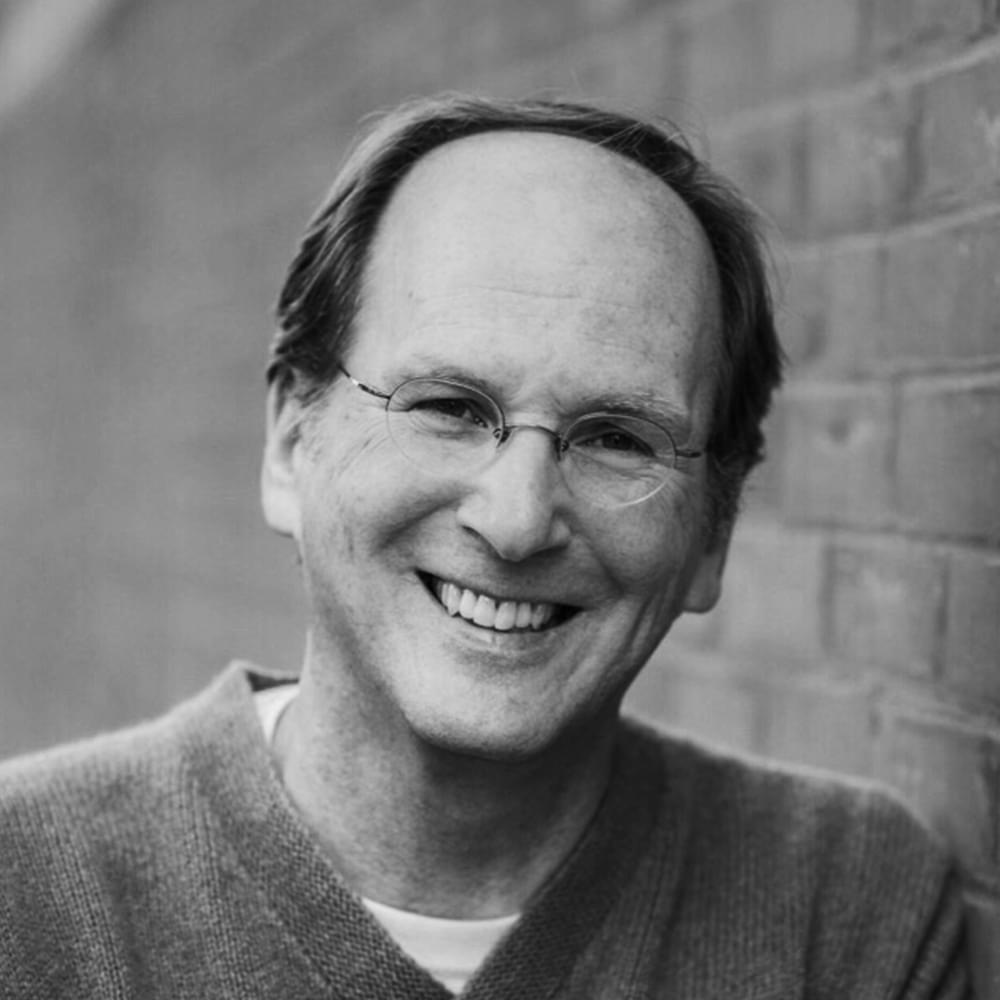
Perpetual motion machines are impossible, at least in our everyday world. But down at the level of quantum mechanics, the laws of thermodynamics don’t always apply in quite the same way. In 2021, after years of effort, physicists successfully demonstrated the reality of a “time crystal,” a new state of matter that is both stable and ever-changing without any input of energy. In this episode, Steven Strogatz discusses time crystals and their significance with the theoretical physicist Vedika Khemani of Stanford University, who co-discovered that they were possible and then helped to create one on a quantum computing platform.
Listen on Apple Podcasts, Spotify, Google Podcasts, Stitcher, TuneIn or your favorite podcasting app, or you can stream it from Quanta.